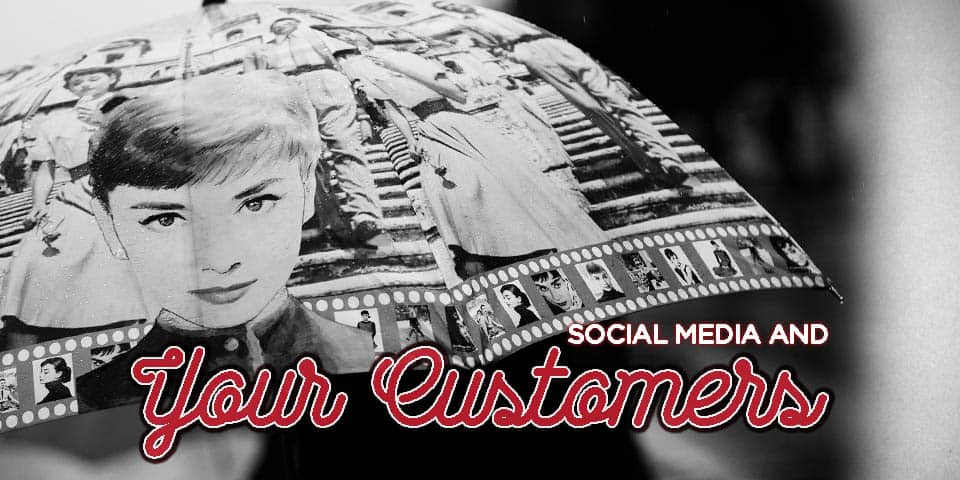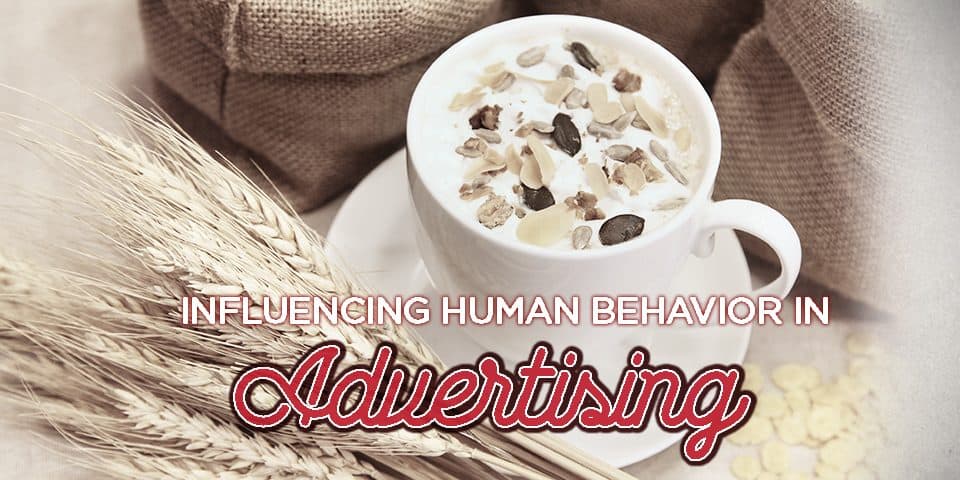
Social Media and Your Customers
July 5, 2017
Inspire AccessAbility Showcase
July 31, 2017Influencing human behaviour in Advertising

Most companies have no clue why their customers are their customers. This is fascinating realization. If companies don’t know why their customers are their customers, odds are good that they don’t know why their employees are their employees either.
The reality is, most business today are making decisions based on a set of incomplete or, worse, completely flawed assumptions about what’s driving their business.
There are only two ways to influence human behavior: you can manipulate it or you can inspire it. Manipulation, It’s a very common and fairly benign tactic. In fact, many of us have been doing it since we were young “ I’ll be your best friend” is the highly effective negotiating tactic employed by generations of children to obtain something they want from a peer.
Many companies are reluctant to play the price game, but they do so because they know it is effective. Price is a highly effective manipulation. Drop your prices low enough and people will buy from you. We see it at the end of a retail season when products are “priced to move.” Drop the price low enough and the shelves will very quickly clear to make room for the next season’s products. Playing the price game, however, can come at a tremendous cost and can create a significant dilemma for the company. For the seller, selling based on price is like heroin. The short-term gain is fantastic, but the more you do it, the harder it becomes to kick the habit. Once buyers get used to paying a lower-than –average price for a product or service, it is very hard to get them to pay more. And the sellers, facing overwhelming pressure to push prices lower and lower in order to compete, find their margins cut slimmer and slimmer. This only drives a need to sell more to compensate. And the quickest way to do that is price again. And so the downward spiral of price addiction sets in. In the drug world, these addicts are called junkies. In the business world, we call them commodities.
Promotions
Whether it is “two for one” or “free toy inside,” promotions are such common manipulations that we often forget that we’re being manipulated in the first place. In the business-to-business world, promotions are called “value added.”
Fear
We use fear to raise our kids. We use fear to motivate people to obey a code of ethics. Fear is regularly used in public service ads, say to promote child safety or AIDS awareness, or the need to wear seatbelts.
Businesses also use fear to agitate the insecurity we all have in order to sell products. The idea is that if you don’t buy the product or service, something bad could happen to you.
Aspirations
If fear motivates us to move away from something horrible, aspirational messages tempt us toward something desirable. “Six steps to a happier life.” “Work those abs to your dream size!” “In six short weeks, you can be rich.” All these messages manipulate. They tempt us with the things we want to have or to be the person we wish we were. Gym memberships tend to rise about 12 percent every January, as people try to fulfil their New Year’s aspiration to live a healthier life. Aspirational messages are not only effective in the consumer market, they also work quite well in business-to-business transactions. Managers of companies, big and small, all want to do well, so they make decisions, hire consultants and implement systems to help them achieve that desired outcome. But all too often, it is not the systems that fail but the ability to maintain them. Celebrity endorsements are sometimes used to add peer pressure to the sales pitch. “If he uses it,” we’re supposed to think, “it must be good.” Celebrity endorsements are also used to appeal to our aspirations and our desires to be like them. The practice is designed to do one thing and one thing only – to pressure you to buy. To make you feel you might be missing out on something or that everyone else knows but you. Better to go with the majority, right?
Novelty
Real innovation changes the course of industries or even society. The light bulb, the microwave oven, the fax machine, iTunes. These are true innovations that changed how we conduct business, altered how we live our lives, and, in the case of iTunes, challenged an industry to completely reevaluate its business model. Novelty can drive sales, but the impact does not last. If a company adds too many novel ideas too often, it can have a similar impact on the product or category as the price game. In an attempt to differentiate with more features, the products start to look and feel more like commodities. And, like price, the need to add yet another product to the line to compensate for the commoditization ends in a downward spiral.
In the 1970s, there were only two types of Colgate toothpaste, but as competition increased, Colgate’s sales started to slip. So the company introduced a new product that included a new feature, the addition of fluoride, perhaps. Then another. Then another. Whitening. Tartar control. Sparkles. Stripes. Each innovation certainly helped boost sales, for a while at least. And so the cycle continued. Guess how many different types of toothpaste Colgate has for you to choose from today? Thirty-two. There are literally dozens and dozens of toothpaste to choose from, yet there is no data to show that Americans are brushing their teeth more now that they were in the 1970’s. Thanks to all this “innovation,” it has become almost impossible to know which toothpaste is right for you. So much so that even Colgate offers a link on their Website called “Need Help Deciding?” If Colgate needs to help us pick one of their products because there are too many variations, how are we supposed to decide when we go to the supermarket without their Website to help us?
Once again, this is an example of the newest set of shiny objects designed to encourage a trial or a purchase. What companies cleverly disguise as “innovation” is in fact novelty.

